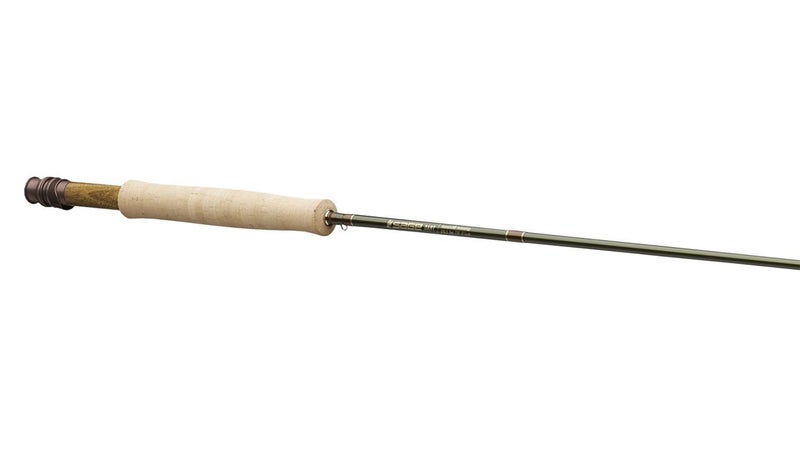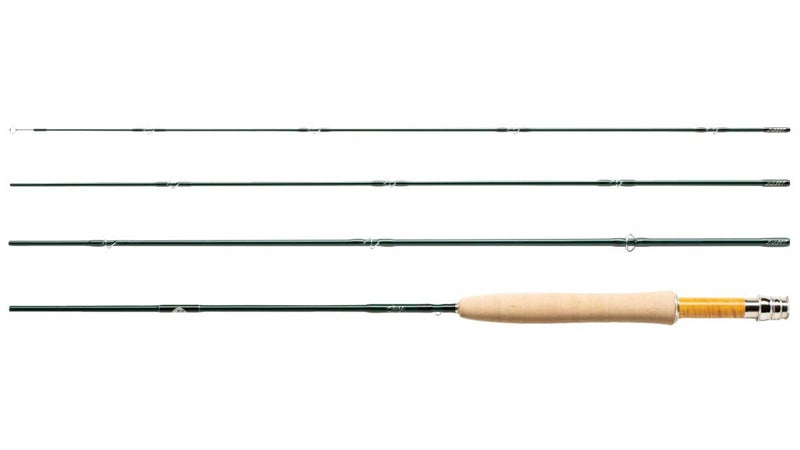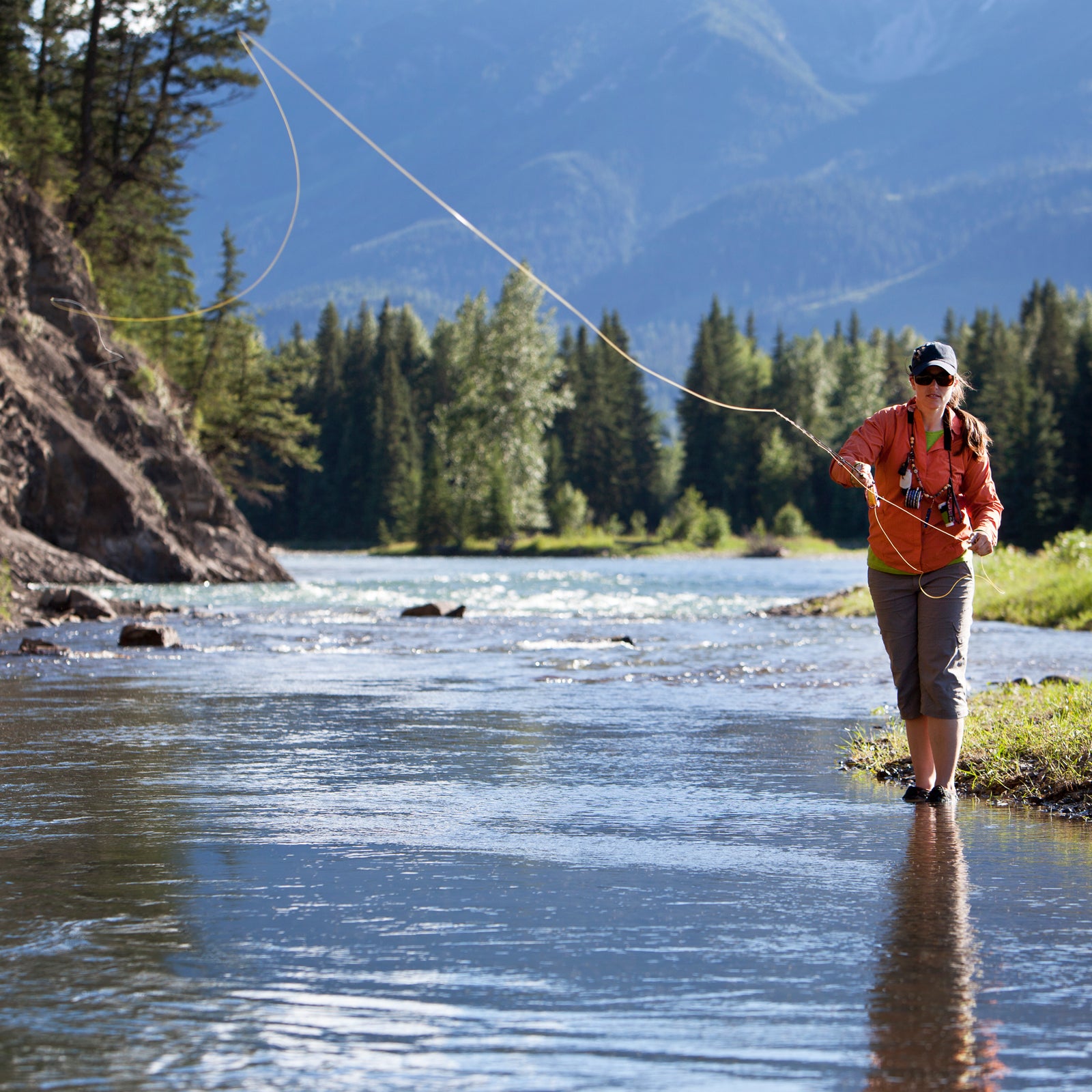About three weeks into testing fly rods for this summer’s Buyer’s Guide, I realized I had a problem: there were too many good rods. I could only pick one to go into the printed guide (the oh-so-smooth Scott F Series), but there were three others that I loved to fish with. Part of this has to do with the state of the industry—you can walk into a fly shop, pick a rod at random, and walk out with a well-designed, effective one. But part of it has to do with several new offerings being suited to short, precise casts emphasizing presentation and feel. That describes 90 percent of the fishing done by myself and most other anglers I know. When was the last time you needed to make a 60-foot cast? More often you sneak around the corner, spot a fish sipping BWOs off the seam of an eddy, and know that you’re gonna get one cast to catch him. When that happens, you want one of these rods in your hand.
Sage Dart ($700)

Sage’s Konnetic Technology debuted in 2011 with the introduction of the One rod. The material all but eliminated side-to-side movement of the rod during casting, focusing all the energy into the back-and-forth motion that enhances line speed, accuracy, and distance. The result was an ultrapowerful, ultra-accurate rod that had other companies scrambling to catch up. (Though most of them have at this point.)
The company has refined the material over the years (it’s now been updated to KonneticHD), putting it in everything from ultrafast to medium-action rods. This year, Sage finally put it into a small-water package. At seven feet six inches, the Dart is small enough to squeeze under the endless willows that swallow my favorite New Mexico streams. (There’s even a six-foot six-inch three-weight, if you want to get into really tight quarters.) The KonneticHD material means that the little rod is still fast, allowing you to get tight loops under branches or whatever else may be overhead. And unlike the One, which needed a fair bit of line for the rod to flex, the Dart excels at the short cast.
Winston Pure ($850)

Winston makes rods with progressive action. What does that mean? It means they have enough power in the butt end to lay out a bunch of line but enough flex in the tip to delicately present flies. It’s less like holding a bazooka, more like wielding a sniper rifle. For a while, the industry was so obsessed with fast action that everyone seemed to forget about Winston. Except, of course, everyone out there using one of its famous green rods to, you know, actually catch fish instead of talking about how much line they could shoot.
The company could make ultrafast rods—the boron fibers it uses in its green rods are faster to snap back into place than graphite and could make one helluva fast rod—it’s just that it didn’t want to. And thank God, because the Winston Pure is one of the most fun rods I’ve fished with in a long time. When the hatch is on and fish are boiling to the surface, this rod excels. I once put a dry-dropper rig on, but this rod almost begs to fish single dries to rising fish. It’s made specifically for lighter lines—it’s only offered in a five-weight and under—and comes in a range of lengths from six feet up to nine. Testing these rods is necessarily subjective, and I’m happy to admit my bias for fiberglass rods (hence the selection of the Scott F Series.) But if fiberglass wasn’t experiencing a golden era, this would be my go-to rod.
Redington Butter Stick ($250)

Speaking of fiberglass, this is not the first time I’ve suggested the Redington Butter Stick. But it is the first time I’ve recommended the updated version. The original was bright yellow and cast like a noodle—and I mean that in the best way possible. I could feel every inch of the rod load with line, whether I was making a 15-foot cast or a 40-foot cast. Sure, it couldn’t handle a dry-dropper rig, streamers, or even the biggest of my salmonfly imitations. But it also made even a six-inch fish feel like it had some fight to it.
The new Butter Stick has a more Instagram-friendly finish and is designed with what Redington is calling T-Glass, which has made the updated version a bit stronger and more accurate. That doesn’t mean it has messed with that beautiful soft action. It just means that it can throw those big hoppers or salmonflies without me feeling like I’m trying to throw a bucket on the end of a rope.

